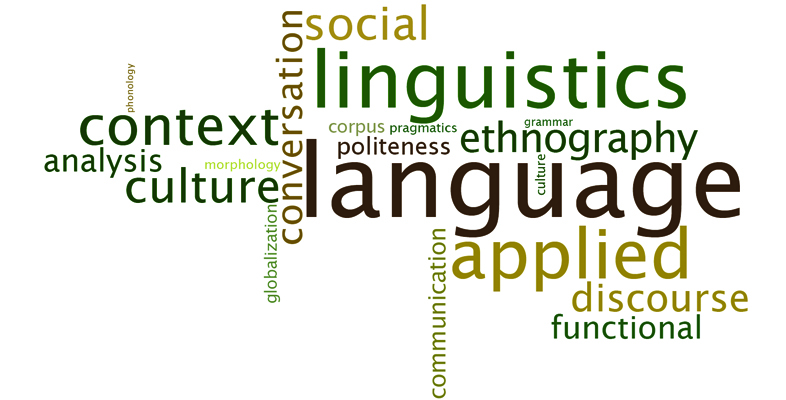1.2 Humans and other animals
But let’s return to the question of ‘what is language?’ just once more. Another way of approaching the definition of ‘language’ is to consider the similarities and differences between human and (other) animal communicative behaviour. Such a perspective forces us to consider the things which different languages have in common.
Activity 2
Some animals (for example chimpanzees, dolphins, parrots and dogs) succeed in communicating their feelings or needs, both to each other and to humans. To what extent do you think their communication is like, or unlike, human communication?
Discussion
In terms of communicating attitudes, pet dogs can do many of the things we, humans, do. For example, they can tell us, and each other, that they are ‘only playing’, or that they are happy, hungry, angry, about to attack, and so on. And their messages vary considerably in intensity: a wagging tail can be wagged a little, a lot, or anything in between; a growl can be quiet and sporadic, or loud and sustained. But are these ‘signals’ part of a ‘language’ similar to human language? Can animals use these signals to refer to a point in future, to reflect on a particular action or to tell a story? If not, why? What kinds of features would animals need to have at their disposal to communicate more than just specific present states and imminent intentions?
Let’s pursue this issue of the similarities and differences between animal and human communication further in the next activity.
Activity 3
Read The ‘Design Features’ of Language by Guy Cook [Tip: hold Ctrl and click a link to open it in a new tab. (Hide tip)] . As you read through the list, think about which of these features, if any, are unique to human language, and are never found in animal communication.
Discussion
Many of the design features listed here are actually also found in animal communication, although not together, and not in such complex forms. Three, however, seem to be unique to human languages.
- Dual structure: the way in which language operates at two levels – at one level, language consists of discrete sounds which in themselves are not meaningful, and at another, in which these sounds are combined into meaningful units or signs – usually words – which can then be further combined to make more meanings.
- Structure dependence: in which the meaning of any combination of words is dependent on the underlying structure of the utterance of which they form part.
- Reflexivity: the use of language to talk about language, also known as metalanguage, without which this course would not be possible!
In summary, on this course we see ‘language’ as a human faculty, characterised by the design features of dual structure, structure dependence and reflexivity and we see ‘linguistics’ as the field that is concerned with both the study of language as an abstract system and its specific instantiations in the form of different languages.

